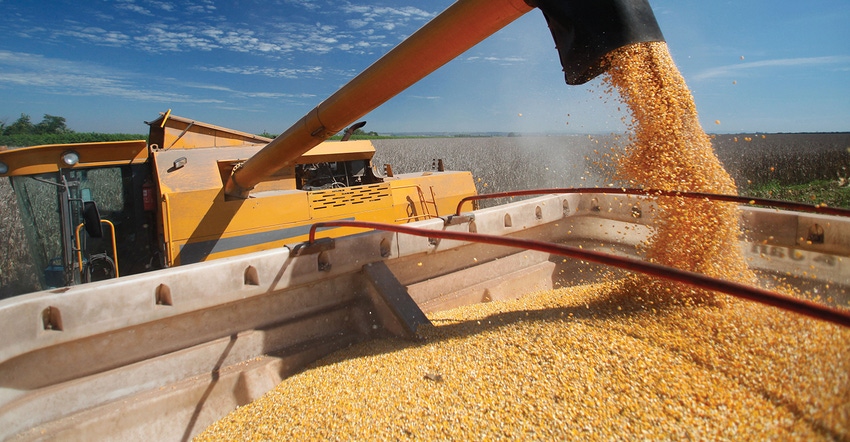December 30, 2016

Winter in the Dakotas is the season of many things: Cold, vacation, holidays, ice fishing and basketball to name a few. I’d add “data” to the winter season, too. As farming becomes more technologically advanced, farmers have access to more and more data. From application data to yield data, almost every aspect of farming generates information to help farmers make sound farming decisions.
Each year, I get a fair number of questions on what kind of data farmers should be paying attention to. This can also include what kind of data not to use when looking for guidance on selecting next year’s seed.
Since the start of the winter season, I’ve been busy reviewing harvest data from combine monitors to yield plots. This data is the best picture on how genetics did this year, which is something to keep in mind. History does not often repeat itself, so if you are looking to predict how 2017 and beyond will go, using this information alone may not give you the best results. This information, along with more background and comparison data, will help farmers paint a better picture of next year’s possibilities.
Reviewing yield maps provides an idea of how a hybrid or variety performed across different soils types and environments. Often, this is more important and repeatable than looking at cut-and-dry yield data from that same plot. The yield map data can be used with topography, soil type or drone imagery to tell the full story of the reasons behind the yield numbers. Most plots are planted on average-to-better ground in order to show the genetic potential in above-average conditions. We have top-selling hybrids that have never won a yield trial, but their performance across a field and varying conditions keeps them in our lineup, with farmers continuing to purchase and plant them.
When looking at new hybrids or varieties, plot data from yield trials is a good place to start. In particular, I would only look at sources that conduct replicated research. Replicated research includes university data as well as data from some seed companies, including Peterson Farms Seed. Single side-by-side trials never give you adequate data and should not be used in decision-making. This is also true when evaluating small plots. Use only replicated data with multiple years and multiple locations.
Aggregated pools of data don’t give the best story on variety performance. There are too many variables that are not factored in, with some companies trying to make yield comparisons by just using uploaded yield data from many farms. Personally, I’m not ready for an algorithm-based seed finder to select my seed for me.
Today, there are more choices and variations in the seed industry than ever before. Take your time in evaluating all of your options and work with a seed supplier that knows your farm and knows the products’ genetics. Trust your seed supplier. They should be able to assist you in finding hybrids that allow you to use your fields’ specific characteristics to your advantage in maximizing yield.
As you make your way through this “season of data,” consult replicated research data rather than being tempted by side-by-side trials. Using the right data is one of the best ways to give you a leg up on planning for next year.
Spelhaug is an agronomist with Peterson Farms Seed, Harwood, N.D. Follow him on Twitter at @PFSAgronomyGuy, and read his contributions to The Peterson Blog at petersonfarmsseed.com/blog. For more information, contact him at 866-481-7333 or [email protected].
About the Author(s)
You May Also Like




